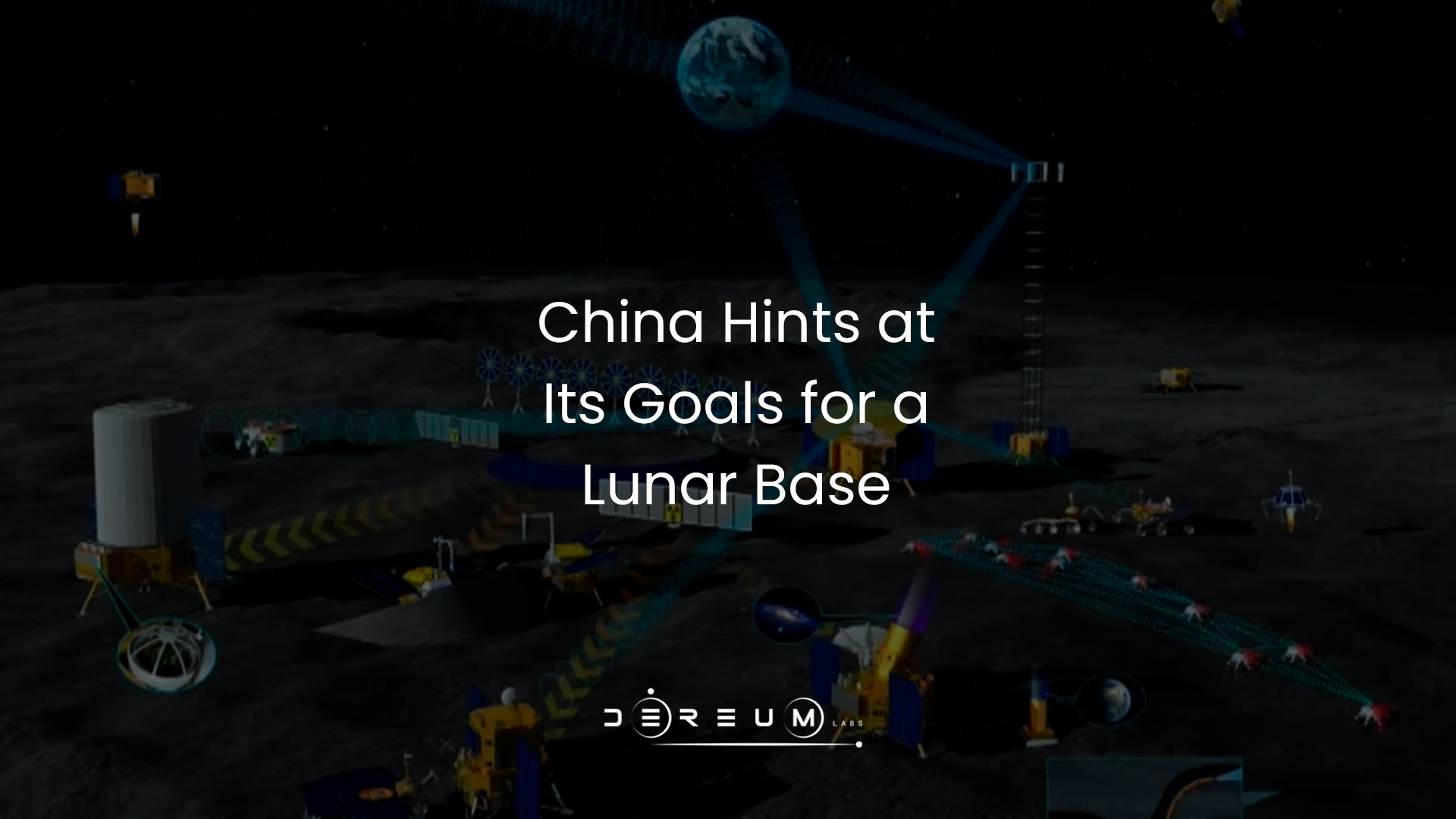In June 2021, China announced it was partnering with Russia to launch a lunar exploration program that wIn June 2021, China surprised the world by announcing that it would partner with Russia to launch an ambitious lunar exploration program to rival NASA’s Artemis Program. This program would include robotic landers, orbiters and manned missions, with the ultimate goal of establishing a lunar base in the south polar region of the Moon: the International Lunar Research Station (ILRS). While the details are still scant, periodic updates have provided a “big-picture” idea of what this lunar outpost will look like.
Case in point, at a recent national space conference, a team of scientists from the Chinese Academy of Sciences (CAS) presented a list of objectives for the ILRS. According to China Science Daily, these objectives will include Moon-based astronomy, Earth observation, and lunar in-situ resource utilization (ISRU). In addition, the CAS scientists indicated that China plans to establish a basic model for a lunar research station based on two planned exploration missions by 2028, which will subsequently expand into an international base.
Zou Yongliao, the head of the lunar and deep space exploration division of the CAS, revealed these goals. According to Zou, while plans for the ILRS are still a work in progress, scientists have already made progress in developing specific objectives for scientific research and operations on the Moon. Similar to what NASA has in store, the main objectives include studying the Moon’s composition, formation, and evolution. This research began in earnest with sample-return missions and Moon rocks brought back by the Apollo astronauts, which indicated similarities between Earth and the Moon.

These same rocks also provided the first evidence of water on the Moon, which future crewed missions intend to explore further. Locating and assessing where critical resources like water ice are located is vital to human exploration on the Moon and could eventually lead to the creation of permanent lunar settlements. Attention was also given to scientific experiments that the ILRS will enable, including growing plants in lunar gravity and ISRU operations involving lunar minerals and solar energy. This research will also have implications for long-duration stays on the Moon and even lunar settlement.
Outposts on the far side of the Moon also present opportunities for astronomy, not the least of which is radio astronomy. Radio telescopes on the Moon will be unencumbered by interference on Earth, while optical telescopes won’t have to contend with light pollution or atmospheric distortion. According to Zou, specific objectives will include exploring star formation, stellar activities, Earth observation, and Solar dynamics. These studies will allow scientists to learn more about “space weather” and how to predict major solar eruptions (solar flares).
Zou and his colleagues also noted that the Moon is the “main field” of deep space exploration and that constructing a lunar research station was a “historical necessity.” This is consistent with China’s near- and long-term priorities for space exploration. Like NASA’s “Moon to Mars” architecture, this plan involves creating the infrastructure that will allow for a program of “sustainable exploration and development” while also enabling the crewed exploration of Mars in the 2030s.
While no mention was made concerning Russia’s continued participation in the ILRS program (which has become doubtful with the war in Ukraine), it seems clear at this point that China is prepared to go it alone. This should come as no surprise since the original plan involved China doing the majority of the heavy lifting. Without the Russian Soyuz-2 and Angara-5 launchers, China will likely turn to its own Long March 5 rockets and the super-heavy reusable launch vehicle they currently have in development.

Similarly, in lieu of Russia’s proposed Luna-25, Luna-26, and Luna-27 missions (assuming they are further delayed), China is more than capable of relying on its own Chang’e program, which will send two additional missions to the Moon (Chang’e-6 and Chang’e-7) in 2024 and 2026 (respectively). In short, China’s space program is making considerable progress and looks to be on track for making crewed lunar missions by the end of the decade (or soon after). This latest announcement and the scientific objectives outlined at the conference reflect that confidence.
We recommend you: NASA’s Webb Measures the Temperature of a Rocky Exoplanet
Source: Universe Today

